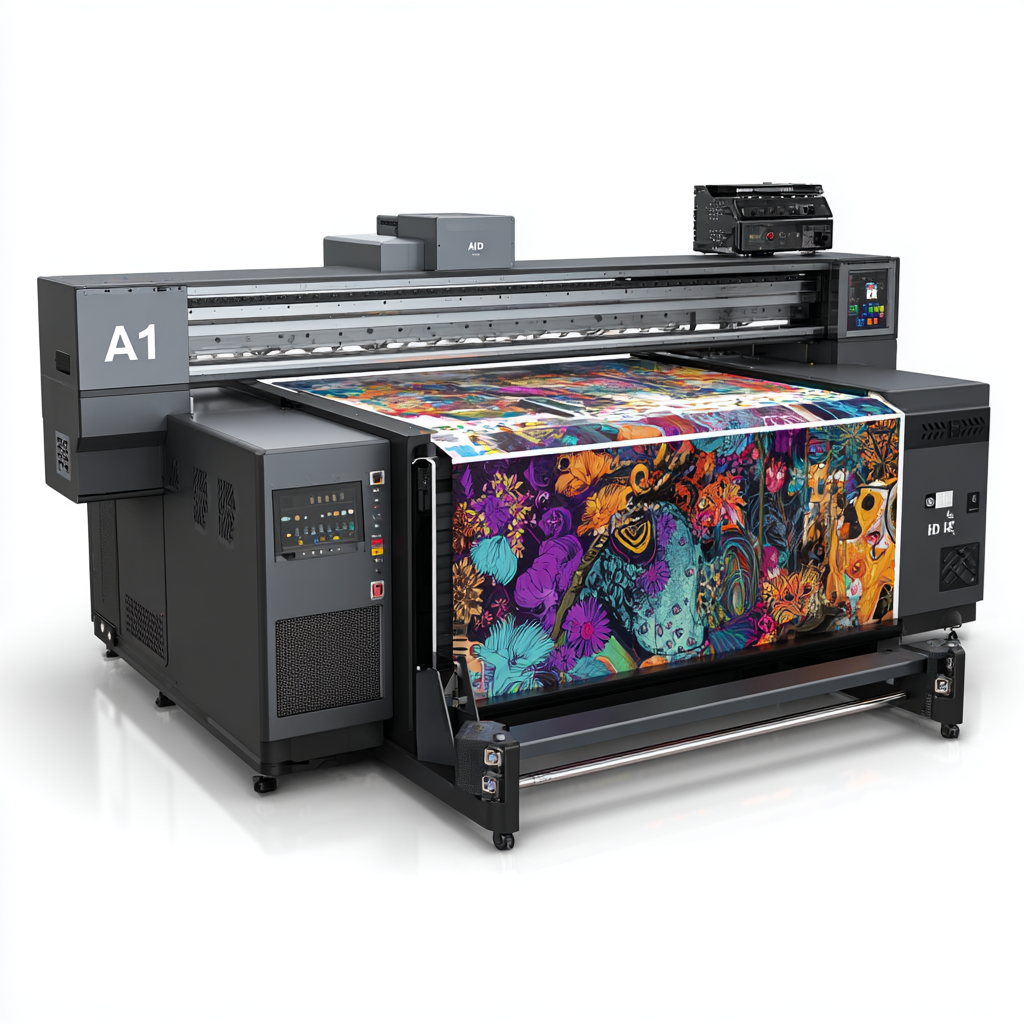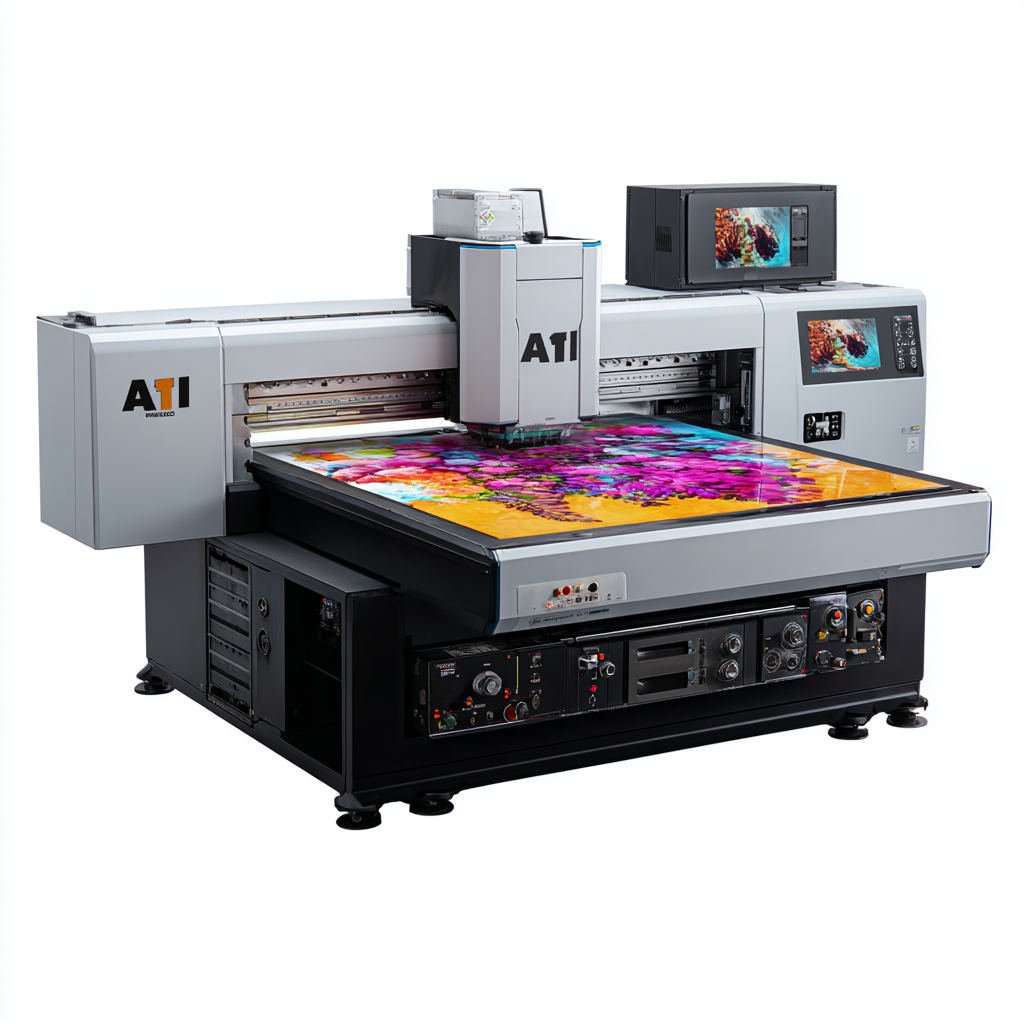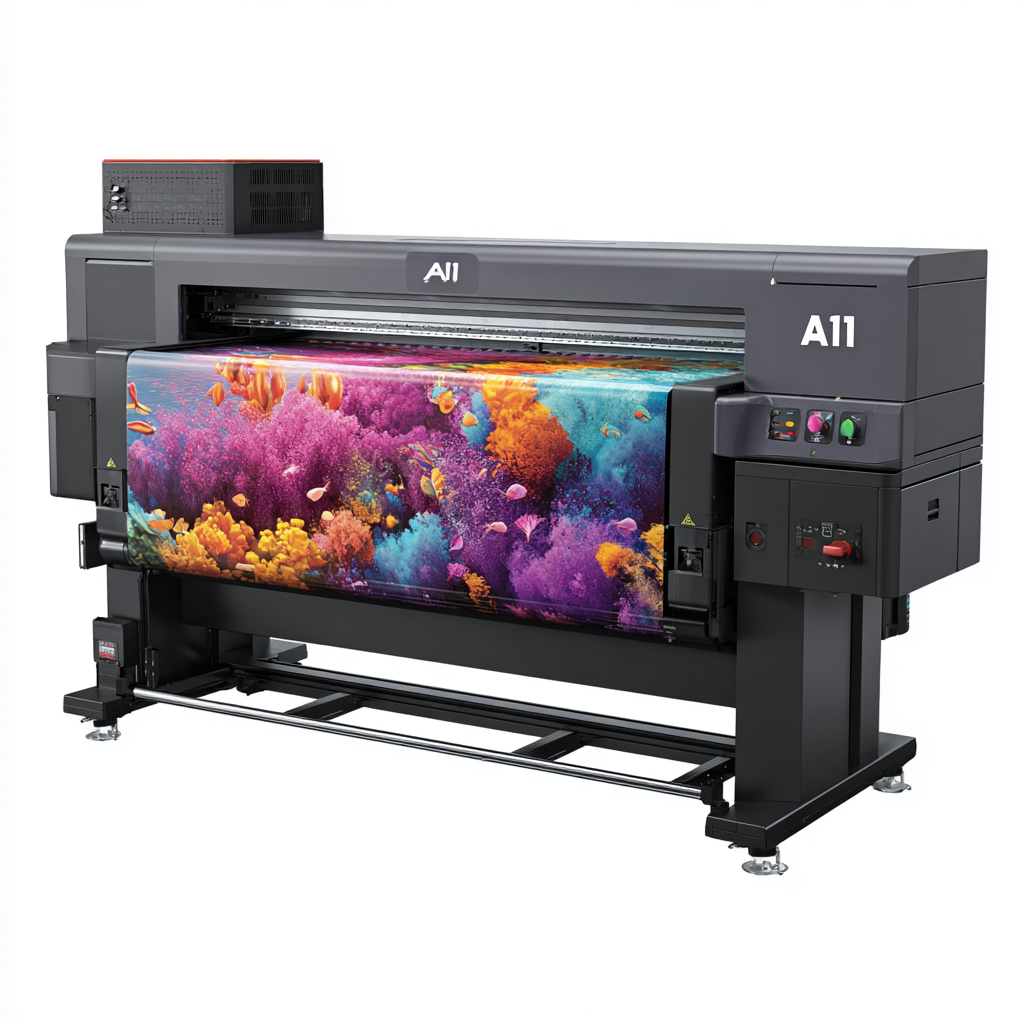Inquiry
Form loading...
In today's fast-paced printing industry, the A1 UV printer has become a popular choice for businesses seeking high-quality and versatile printing solutions. However, as technology evolves and customer needs diversify, it is essential to explore top alternatives that can offer enhanced features and performance. This blog delves into several compelling reasons why diversifying your printing options beyond the traditional A1 UV printer can lead to improved efficiency, cost savings, and higher print quality. By examining innovative alternatives, we aim to provide insights that will help businesses make informed decisions tailored to their specific printing requirements, ultimately unlocking new potential in their printing processes.

Join us as we explore these exciting alternatives and the unique benefits they present for modern printing needs.
When exploring alternatives to A1 UV printers, it's essential to identify key features that enhance printing solutions. One crucial aspect to consider is the print resolution. A higher resolution not only delivers sharper images but also ensures that even intricate details are captured with precision. Look for printers that offer at least 1200 dpi, which can significantly elevate the quality of your prints, particularly for professional projects.
Another important feature to examine is the versatility of media compatibility. The best A1 UV printers should support various materials, including vinyl, wood, glass, and metal. This flexibility allows you to expand your creative possibilities and cater to diverse client needs. Ensure that the printer can handle both rigid and flexible substrates, providing you with the freedom to unleash your imagination.
**Tips**:
- Always check for user reviews and feedback on specific printer models, as they can provide insights into real-world performance.
- Consider investing in a printer with an intuitive user interface, which can save you time and reduce the learning curve for new operators.
- Ensure that the printer has robust support and service options, keeping your business running smoothly in case of technical issues.

When considering the landscape of printing solutions, A1 UV printers often come to mind due to their versatility and high-quality output. However, emerging alternatives such as digital textile printing and eco-solvent printing are gaining traction and warrant comparison. According to a recent study by Smithers Pira, the digital textile printing market is projected to reach $3.4 billion by 2024, driven by increased demand for customized and sustainable printing solutions. These alternatives offer vibrant colors and can print on a variety of materials, potentially enhancing creative applications that A1 UV printers may limit.

Moreover, eco-solvent printing equipment has been increasingly favored for its lower environmental impact. Industry reports indicate that the eco-solvent market is expected to grow at a CAGR of 4.8% between 2021 and 2026. Such printers use less harmful inks and are ideal for outdoor signage due to their durability against fading. Comparing performance metrics, while A1 UV printers excel in speed and resolution, alternative solutions like eco-solvent and digital textile printers provide flexible, sustainable options that meet specific project needs without compromising quality.
In the ever-evolving landscape of printing technology, businesses are constantly seeking alternatives to the best A1 UV printers to meet their unique needs. While A1 UV printers offer exceptional quality and versatility, several leading brands have emerged with innovative solutions that can enhance printing capabilities. Among these contenders, brands like Roland, Mimaki, and Epson stand out for their cutting-edge technology and user-friendly features.
Roland’s VersaUV series, for instance, is a pivotal alternative that combines UV printing with a range of finishes, from gloss to texture, allowing for dramatic effects that can make any project pop. Similarly, Mimaki's UJF series provides impressive color and detail on a variety of substrates, making it a favorite for custom projects that require precision and vibrancy. On the other hand, Epson's SureColor UV printer line is renowned for its reliability and intricate color management system, ensuring that your prints maintain consistency and quality across larger production runs.
These brands not only offer alternatives to the traditional A1 UV printers but also push the boundaries of what is possible in the realm of digital printing. As companies look to innovate, exploring these top contenders can provide enhanced solutions that cater to diverse printing needs, making them instrumental in achieving the desired impact in competitive markets.
When it comes to enhancing your printing solutions, considering cost-effectiveness is paramount. While A1 UV printers are known for their high-quality outputs, they can also carry a hefty price tag. For businesses and individuals on a budget, exploring alternative printing options can yield significant savings without compromising on quality. By evaluating various printer models, you might find budget-friendly options that still deliver excellent performance, such as eco-solvent or dye-sublimation printers, which often come at a fraction of the cost.
In addition to considering initial purchase prices, it's vital to assess the overall operational costs of different printing technologies. Factors such as ink prices, maintenance requirements, and energy consumption can affect long-term expenses. Some alternative printers might offer lower upfront costs but could lead to higher ongoing expenditures. Therefore, it's essential to conduct a comprehensive evaluation, comparing both upfront and operational costs. By prioritizing these considerations, you can make a more informed decision that benefits your business or creative endeavors while prioritizing cost-effectiveness.
The UV printing technology landscape is evolving rapidly, with significant implications for businesses. By 2025, the global UV curing equipment market is expected to reach a staggering $4.543 billion, and projections estimate it will soar to $8.243 billion by 2033. This growth underscores the increasing demand for enhanced printing solutions that UV printing provides, especially as industries seek more efficient and versatile methods of production. The UV inkjet printer market is anticipated to grow steadily from $1.44 billion in 2024 to $1.92 billion by 2033, reflecting a compound annual growth rate of approximately 3.3%.
Businesses looking to adopt UV printing technology should keep these trends in mind. One tip is to invest in high-quality UV inks, as they can significantly improve print durability and color vibrancy. Additionally, companies should stay informed about advancements in print head technology, which can enhance printing resolution and speed. As businesses navigate the future of UV printing, integrating these insights will be crucial to maintaining a competitive edge in the market.
| Printing Technology | Print Resolution (DPI) | Max Print Size (cm) | Material Compatibility | Typical Applications | Future Trends |
|---|---|---|---|---|---|
| Hybrid UV Printing | 1200 | 150 | Paper,Plastic,Wood | Signage,Packaging | Increased versatility in media |
| Flatbed UV Printing | 1800 | 320 | Glass,Metal,Fabric | Decorative Printing,Interior Design | Growing interest in custom surfaces |
| Roll to Roll UV Printing | 1600 | Width variable up to 200 | Vinyl,Canvas,Textiles | Banners,Wall Coverings | Sustainability in printing materials |
| 3D UV Printing | 600 | Variable based on model | Plastic,Resin | Prototypes,Custom Objects | Integration of IoT in printing |
